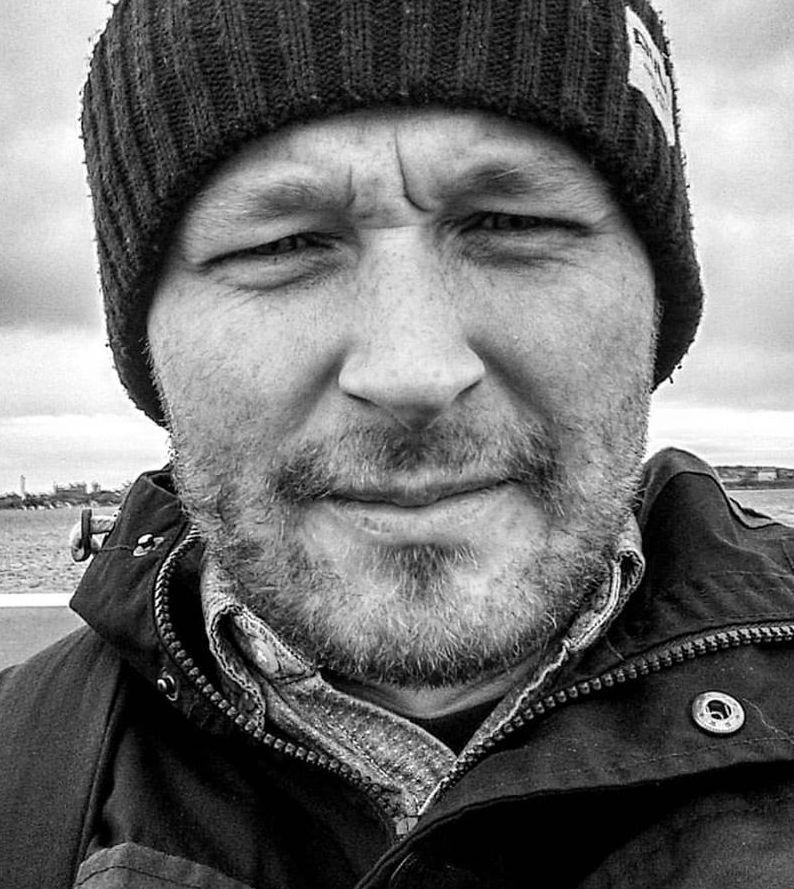



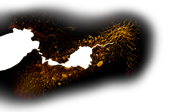
Thousands of reviews, opinion pieces, YouTube videos, blog posts and tweets were published within hours of Rian Johnson’s Star Wars: The Last Jedi hitting cinema screens across the globe a couple of weeks ago. The critical response was overwhelmingly positive. DMovies‘ writer Jeremy Clarke (who’s not a big Star Wars fan) absolutely loved it, and gave it five dirty splats. Without spoiling too much, film critics jumped over themselves in a lavish display of righteousness as they universally proclaimed that, at last, a Star Wars film could be considered serious art.
Many noted the visual spectacle was something to behold, the twists in the plot were remarkable and genuinely surprising, the performances from the original cast and the newer recruits were impressive, and the overall arc meant that the original Star Wars fan who was now pushing past 50 years old could happily sit and immerse themselves in nostalgia whilst a 13-year-old whose only familiarity was the Star Wars: Rebels cartoon series would be swept along to embrace a whole new trilogy without much knowledge of the previous films. A perfect bridging between old expectations and new perspectives.
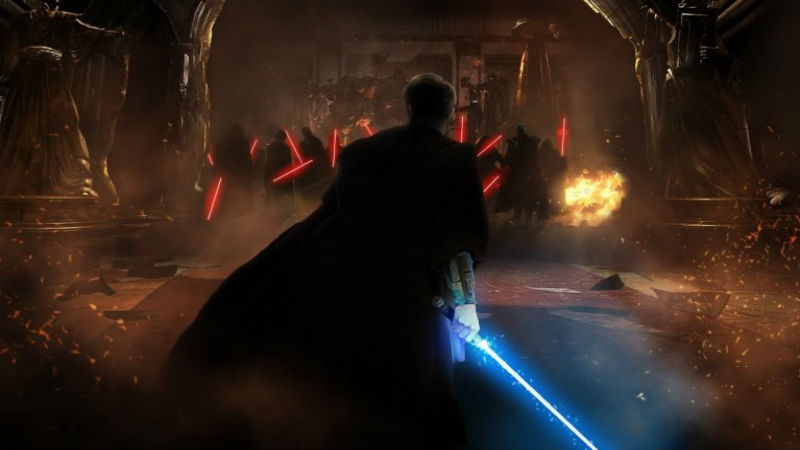
.
People have the power
Except the audience response didn’t quite gel with the critical. Including DMovies readers, who seemed to disapprove of the movie, despite Jeremy’s enthusiasm. Some fans walked out of screenings fuming at what they perceived as mindless tosh and announced via social media that they were done with Star Wars, and that any ounce of hope for Disney’s vision of the franchise was lost to the clusterfuck of swerves and misses that The Last Jedi presented. An online petition gained momentum to urge Disney to eject the film from the official canon. My own experience of The Last Jedi was less dramatic. It was actually extremely positive, if somewhat bewildering. I came out my own screening utterly convinced the film was brilliant, but also I acquired a throbbing headache as my neurons fired in an attempt to construct new pathways that could cope with this much change, this many twists, this much elation, this much disappointment. I was dizzy with chemical contradictions and imbalances.
The bones of contention were many, but two stand out among the din. The representation of a grumpy Luke Skywalker hiding out and sulking on the remote planet of Ahch-To caused many concerns even from Mark Hamill, the actor who has lived and breathed Skywalker for 40 years. Skywalker seems to have broken off from the galaxy due to a mishap in the training of Ben Solo who succumbs to the Dark Side and becomes the evil teenage emo-dream Kylo Ren. But, in fact representation of elder Jedi in the original trilogy matches Skywalker’s depiction.
When the young Luke first met Obi-Wan Kenobi in the Tatooine dustbowl in A New Hope, wasn’t he an odd bearded hermit living off the land? When Luke jets off to Dagobah to find the “great warrior” Yoda in The Empire Strikes Back (Irvin Kershner, 1980) he meets an old frazzled eccentric exile who also refuses to train him in the ways of the Jedi. Hamil’s arguments to Rian Johnson were that “Luke would never have given up”, but both Obi-Wan and Yoda had thrown in the towel decades before for a life of meditation and solitude whilst Darth Vader (a product of Kenobi’s failure) tore up the galaxy. We’ve placed an awful lot of faith in Skywalker if we think he can’t have a brood once in a while and his shortcomings as a whiney teenager in George Lucas’s 1977 A New Hope (pictured just below; remember the strop he pulled when Uncle Ben told him he had to stay for one more season) offer a trajectory to a lonesome hermit quite well.
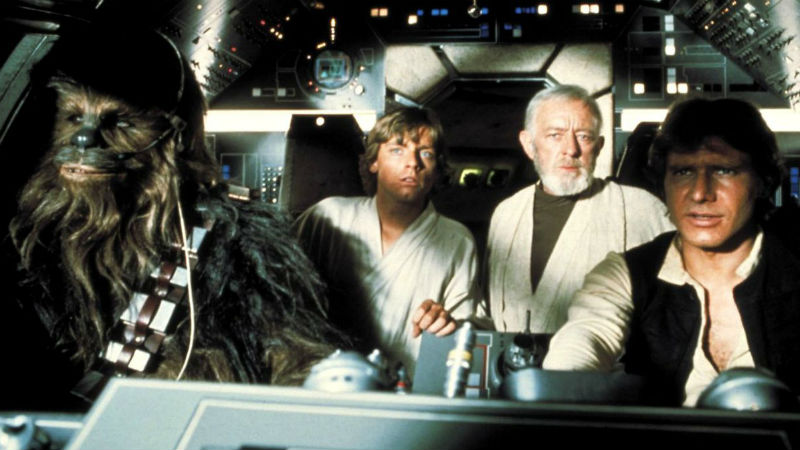
.
A thick-skinned antagonist
The other point that many people saw problems with was The First Order’s Supreme Leader Snoke, a reptilian villain of immense force power who since his introduction as a monolithic hologram in The Force Awakens (JJ Abrams, 2015) had been the subject of countless identity theories (was he Darth Plagueis? Mace Windu? a reincarnated Emperor Palpatine?). Anticipation for his big reveal was intensive, yet he was offed by his apprentice Kylo Ren during a brief scene. The end of Snoke (pictured below) seems to have genuinely shocked fans who want their Star Wars baddie to have depth, purpose and wisdom. The prequel trilogy was as much Emperor Palpatine’s back story as Darth Vader’s. Expectation to fill in the gaps in Star Wars is…well… expected. Yet The Last Jedi seemed to be at once a denouncement that your Snoke theory was useless and that any theory you ever had about Star Wars was highly problematic. The rule book was being rewritten and torn up at the same time.
Yet Snoke’s introduction and his death might not be as odd as you’d think. After all Star Wars is now a Disney property and one needs only to look towards Disney’s other franchise, the Marvel Cinematic Universe, to see that powerful antagonists are two a penny. For example, 2016’s Doctor Strange (Scott Derrickson) introduced the ancient demon Dormammu, a seemingly immortal being that nonetheless was defeated within the timeframe of the film by a man who had only recently discovered his powers. In 2017’s Guardians of the Galaxy Vol 2 (James Gunn), the antagonist Ego, a god-like Celestial who has traversed the universe for eons sowing his ‘seed’, succumbs to the rag-tag Guardians in fairly short order. Sadly for the theorists, Snoke is nothing more than a simple narrative device for moving the action along and give our heroes something to overcome. He might get his back story in books, but his day in the sun is truly over.
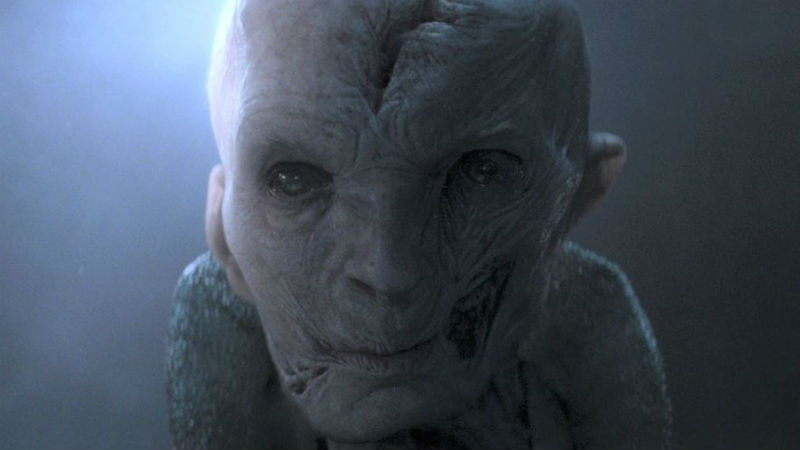
.
A new beginning?
As I’ve now lived with The Last Jedi for a couple of weeks and read many other opinion pieces, I’ve allowed the film to sink in and concluded that The Last Jedi acts as the final page of George Lucas’ creation and a first page to an unwritten and collaborative vision of future Star Wars films. In fact, we shouldn’t have been surprised to discover this was the film’s intention. These seeds have been planted since Disney’s takeover of the franchise. In the lull period between Revenge of the Sith (George Lucas,m 2005) and A New Hope, the idea that Jedi were roaming the galaxy and helping the rag-tag Rebellion seemed nonsensical.
The cartoon series Star Wars: Rebels introduced Kanan and Ezra, two Jedi who continue their teachings whilst adapting to the idea of resistance to the Empire. Rebels also introduced new perspectives of The Force with the character of the Bendu, a large ancient creature who occupied the centre ground between the light and dark side of The Force. This wider perspective has bled into the latest Star Wars films, with The Force Awakens introducing The Church of the Force, a kind of fraternity of Force worshippers, Maz Katana an ancient being whom confesses that she “is no Jedi, but I know The Force”, and Snoke’s Force abilities are also up for debate with him being not a Sith Lord or a Jedi Knight, but something else (now he’s dead we may never know). The best and boldest interpretation of The Force was seen in Rogue One: A Star Wars Story (Gareth Edwards, 2016; in the image below) with the character of Chirrut, a Guardian of the Whills (Jedi textbooks) on the planet Jedha and a zealot for The Force. Though Chirrut had no Force capabilities his belief and devotion to it meant that he was a formidable and spiritually attuned warrior.
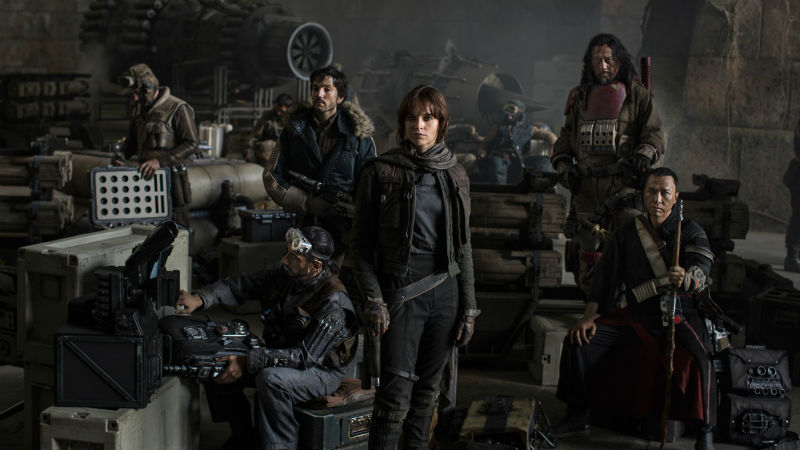
So The Last Jedi’s mission is to embrace a wider perspective for future films and not as Chancellor Palapatine remarks in Revenge of the Sith “the dogmatic view of the Jedi”. These films will be inclusive to all from an audience perspective and a character perspective also. Luke’s admission in the film that “it’s time for the Jedi to end” echoes Kylo Ren’s statement that in order to move on and progress we should “let old things die”, the Rebellion, the Empire the Sith, the Jedi. An all new perspective must rise to replace the old texts. This needs to happen within the narrative of future Star Wars movies, but it also needs to happen for those that will watch these movies.
The reliance on the original audiences has to end. The demographics of these viewers (45-55 years of age) are no longer the active cinema goer. Fifteen to 25 appears to be the largest demographic, the youngest of which might still have been toddling around in diapers when Revenge of the Sith was last in theatres. When in The Force Awakens, Rey, upon hearing the name Luke Skywalker, remarks that “I thought he was a myth”, she’s talking both within the film and to those watching who have heard this name uttered by parents, aunts and uncles, grandparents, and within popular culture, but the significance of Skywalker (even Anakin) to this generation is moot.
The embrace of a newer audience, one well attuned to cinematic spectacle is how the subsequent movies will play out. This might sound like Star Wars movies will become formulaic blockbusters. However, there is immense freedom to be had. No longer will we the audiences be constrained by the Skywalker linage, the royal blood of The Force and the baggage that carries with it. Now the galaxy far, far away is anybody’s for the taking and that means the audience can place themselves right there in the middle of it. Seeing heroes that come up from nothing on screen (even those that occupy a fictional, magical universe) will be mesmerising and hopefully inspiring to young audiences. New Star Wars heroes and villains will emerge and fade within the next few years, but one thing is for sure the hero’s journey will be the prominent theme of these films.
